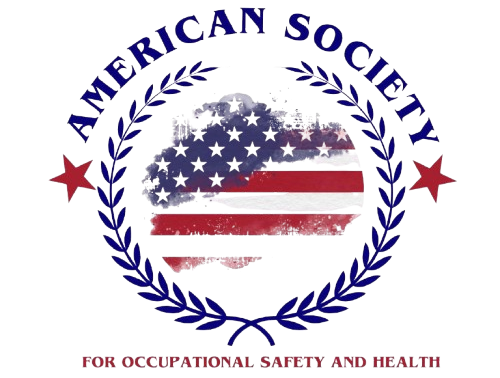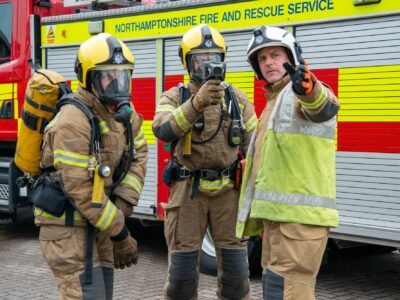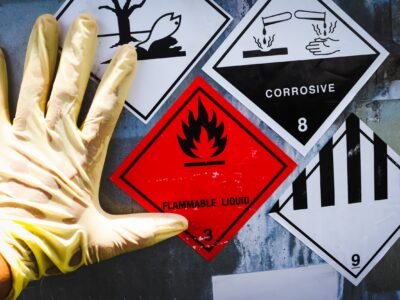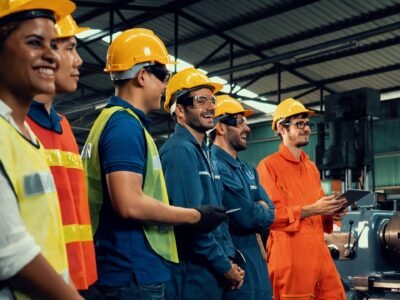The concept of fire safety refers to: the precautions that are taken to prevent or reduce the possibility of fire that may lead to death, injury or damage to property, and work to alert workers in the facility to the presence of a fire in the event of its occurrence so that workers can stop the threat of fire for them and for the environment as well and evacuate areas affected by humans and work to extinguish those fires, or to reduce the damage caused by fire, the course “Fire Fighting and Safe Evacuation” is designed For professions interested in planning and responding to fires and fire suppression. Fire fighting protects the life, property and future of the enterprise. This course is based on introducing participants to the concepts related to fires, fire triangle, firefighting guidelines and methods according to the latest international practices and methodologies and practical training on firefighting.
Program Objectives:
After completing this course, participants will be able to:
- Management of protection of facilities from fire hazards.
- Follow-up and inspection of the requirements for protecting the building from fire hazards.
- Preparing scenarios for facing fire accidents.
- Study the types of fires and explosions and their causes.
- Mastering the rules of dealing with fire and control strategy.
- How to deal with various accidents and correct behavior.
- Master the appropriate behavior in emergency situations.
- Identify the sources of danger in the building and how to secure them.
- Safety procedures in case of fire.
- Excellence in preparing the evacuation plan for administrative and industrial facilities.
- Mastering the general duties of the rescue service.
- Safety measures to prevent fires as a result of the use of energy sources (electricity – gas – flammable liquids)
Target Groups:
- Fire Officer in Facilities
- Fire Officers
- Fire extinguishing crews
- Rescue Officer
- Emergency Gurg
- Those interested in the fields of firefighting and rescue
Program Content:
Fire control strategies:
- Fire characteristics and major fire emergencies
- Dangers of major fire spread
- Key Elements of a Fire Risk Reduction Plan
- Requirements for the design and construction of the building
- Requirements for fire extinguishing equipment in the building
- Effectiveness and efficiency of the Major Fire Risk Reduction Plan
- What is the purpose of protection and insurance measures?
- Major firefighting methods
- Personal risk – destructive risk – exposure risk
Key elements of a fire risk reduction plan:
- Requirements for the design and construction of the building
- Choosing a building construction site
- Building construction elements and emergency exits
- Alarm and extinguishing means when a fire occurs
- Roads and paths – Signboards
- Alternative means of escape – ventilation methods
- Fire separators – and requirements for assembly points
Requirements for the contents of the plant and the energy sources used in it:
- Energy sources used in the building
- Electrical connections and load distribution requirements
- Flammable gases and liquids
- Building contents and flammable materials
- Storage methods and requirements
- Indoor and outdoor storage
- Requirements for fire extinguishing equipment in the building
- Fixed fire extinguishing equipment
Alarm and fire engineering in industrial facilities:
- Manual Alarm – Telephone Alarm – Automatic Alarm
- Smoke Control Systems
- Internal fire network.
- Emergency operations room and equipment.
- Main alarm panel and combustion product detectors
- Addressable Fire alarm system
- Conventional Fire alarm system
- Mobile Fire Fighting Equipment
Contingency, rescue and evacuation planning techniques:
- Classification of emergencies in important facilities
- Main objectives of the contingency plan
- Who assesses the situation and determines the level of the emergency?
- Effectiveness and efficiency of the emergency plan
- The main stages of contingency planning
- Basic requirements for contingency plan elements
- Evacuation and rescue dynamics and training plans
- Rapid recovery of position and resumption of operations
- Conducting an accident investigation to find out the causes Accident Investigation
- Various equipment for the emergency operations room
- Duties of crews in emergency situations
- Mock Experiments & Training | Drills
- Practical workshop (preparation of emergency, rescue and evacuation plans)
Course Features
- Lecture 0
- Quiz 0
- Duration 33 hours
- Skill level All levels
- Language English
- Students 61
- Certificate No
- Assessments Yes





